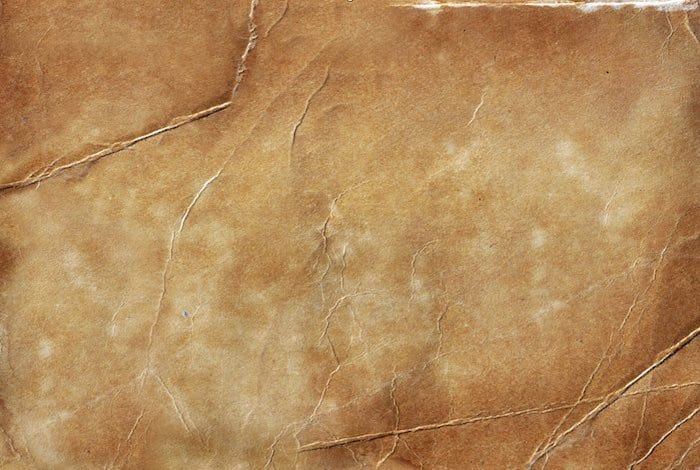Crazy Bug Hunter 001
Alexander Fleming 1881-1955
Fleming’s role in the discovery and subsequent development of penicillin is well-known parable of the importance of serendipity in medical research. Fewer people know anything about the Scots bacteriologist’s earlier discovery of lysosyme or his work on the bacteriology of traumatic wound infection. It is this last topic that earns Fleming his status as a crazy bug hunter.
Eric Lax describes the improvised bacteriology lab set up by Fleming’s mentor, Sir Almroth Wright, in the attic of a Boulogne casino previously used as a training venue by a local fencing team [1]. It was 1914 and Europe was at war. CAPT Fleming RAMC used this makeshift lab to study staphylococci, streptococci and anaerobic bacteria isolated from battle injuries. The fertile fields of northern France were well-treated with fertilizer and manure from farm animals. It was therefore hardly surprising that anaerobic bacteria such as Clostridium perfringens were found in abundance. Around half the soldiers killed in WW1 died from wound infection or its complication, and gas gangrene was tragically common among those engaged in trench warfare.
Fleming demonstrated that 90% samples of uniform he cultured were contaminated by Cl. perfringens (then known as Clostridium welchii) [2]. In an elegant experiment with a modified test tube, he showed that the available disinfectants might clear bacteria from the inside of the tube, but not from minute branches and dead-ends typical of shrapnel wounds. In fact, his results showed that the potent disinfectants then in use were a likely cause of further deterioration. Fleming was one of the first to recommend wound debridement to prevent anaerobic bacterial infection from taking hold in traumatic wounds.
Fleming’s studies close to the sound of gunfire had a lasting effect on his research, initially into life-threatening bacterial infection and subsequently into antibacterial substances.
He had been mentioned in dispatches and after the war returned to lecturing and research, to become Professor of Bacteriology at the University of London in 1928. He discovered and described the antibacterial activity of lysosyme, spending years following up his initial observations. His accidental discovery of penicillin is not as thoroughly described and leaves important questions unanswered, as discussed in Lax’s book; The Mould in Dr Florey’s Coat. He gained a share of the credit for the discovery, though the critical task of identifying, purifying and establishing high output production of the active component were the work of others. However, he was first to describe the antibacterial activity of Penicillium mould, and confirmed his role in the discovery process by publishing his observations [3]. It is a shame that the discovery for which he was given a share in the Nobel Prize for Medicine with Florey and Chain should overshadow his legacy as a crazy bug hunter [4].
References
- [1] Lax E. The Mould in Dr Florey’s Coat. Little Brown, London 2004. ISBN 0-316-85925-7
- [2] Fleming, Alexander: On the Bacteriology of Septic Wounds,. Lancet 2:638-643 (Sept. 18) 1915.
- [3] ‘On the Antibacterial Action of Cultures of a Penicillium, with Special Reference to their Use in the Isolation of B. Influenzae’, British Journal of Experimental Pathology, 1929, 10, 235-6.
- [4] Obituary Notice (1956). J . gen. Microbiol. 14, 1-13

eponymictionary
the names behind the name

